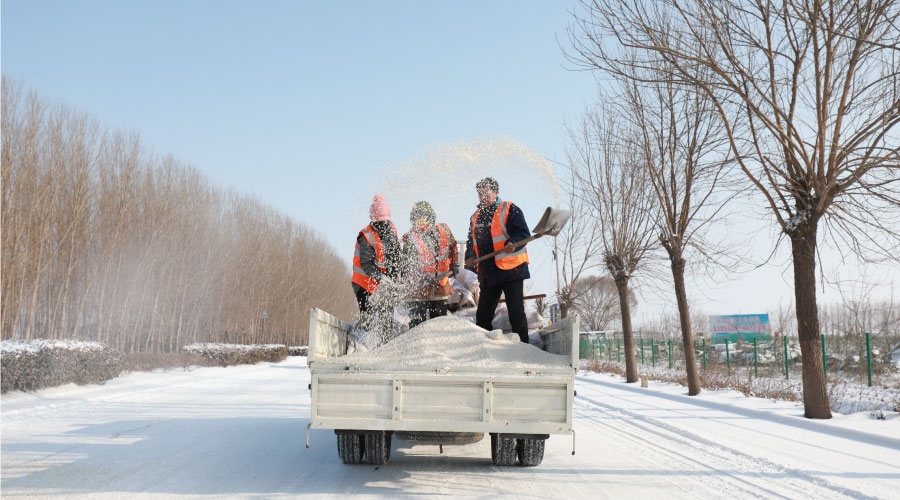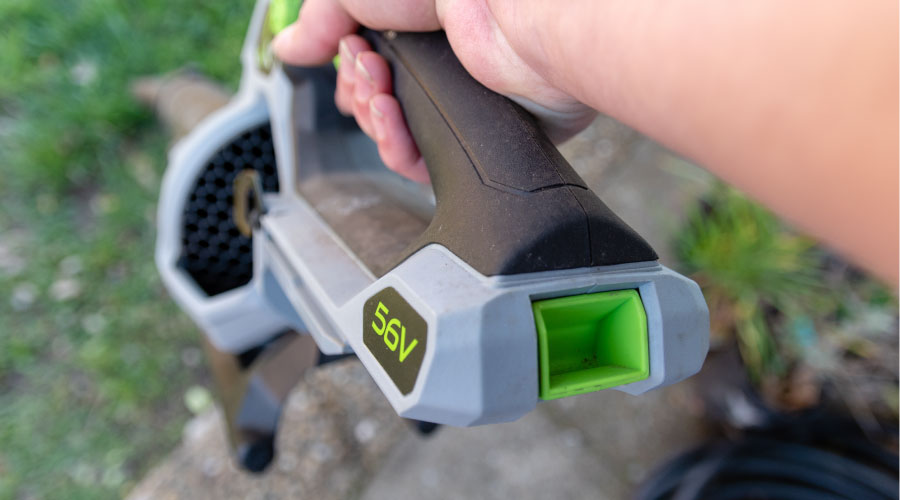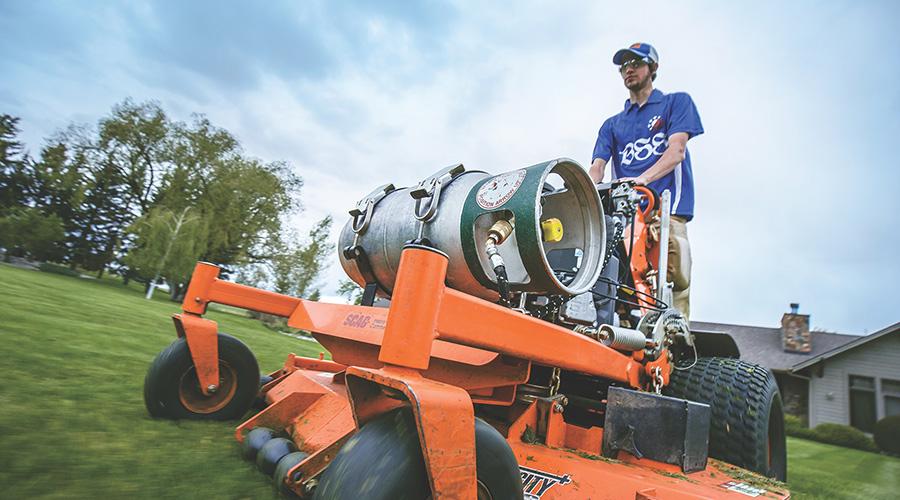Sustainable Landscapes: Rethinking Pest Management
Part 2 of a 3-part article on sustainable landscapes

Image by: Joseph Sohm / Shutterstock.com
Pesticides and fertilizers are key to a successful landscape maintenance plan. Not only do they foster the growth of plants, trees, shrubs, soils, and flowers, they also protect vegetation from harmful insects.
But due to the toxic effects these chemicals can have on plants, people, and pets, managers need to ensure they are armed with the most appropriate resources, as well as the expertise to handle them. The type of equipment depends on the size of the property. For instance, if the applicator is treating only a small area, the job might require only a 3-4 gallon sprayer. But if the task is a full turf treatment, the applicator will need a 500-600 gallon sprayer or a chemical truck.
Understanding the treatment plan’s timeline also is essential. Since all vegetation grows seasonally, many fertilizers and pesticides are not appropriate because, due to high temperatures, they will burn turf. The product label contains information on the timing of the application, as well as the required personal protective equipment to ensure safety.
Managers also should avoid using organophosphates because they can damage the human nervous system, leading to significant health problems. Looking at the product labels will help applicators identify the required safety precautions. For instance, on a scale of toxicity, a caution label is the least harmful, while a danger label is the most harmful or dangerous.
The best way to decrease the amount of chemicals needed while protecting landscapes from pests and other harmful threats is to create and implement an integrated pest management (IPM) program, which consists of a variety of different strategies that minimize the amount of toxic chemicals applied to landscapes. Key IPM strategies include prevention, monitoring, and control, with pesticide application being the last resort.
But since pest infestation is inevitable — particularly in areas that experience longer wet seasons, such as Florida — managers need to monitor landscapes regularly through routine site inspections to catch issues early. Infestations and diseases can spread quickly, so early identification of the type of disease infecting foliage and assessment of the level of severity in the early stages is critical to the overall health of the landscape.
Timing also is essential when dealing with a pest issue. For example, a manager in the Northeast United States notices an invasive grass slowly taking over a landscape. The first step is to treat the problem with a post-emergent herbicide, which destroys established weeds. Applying a pre-emergent treatment on an already infected area actually will force the weed to spread, creating larger problems.
If a department’s grounds staff has the resources and skill level to carry out an application, it is crucial to reiterate to new staff members that they should apply pesticides only to the infected spot. If a staffer treats a healthy and unaffected area, the toxicity will eliminate the vegetation in that area. In other words, never spray pesticides as a preventive measure. If an issue exists, spraying that specific area each year will prevent the issue from reoccurring.
Related Topics:














